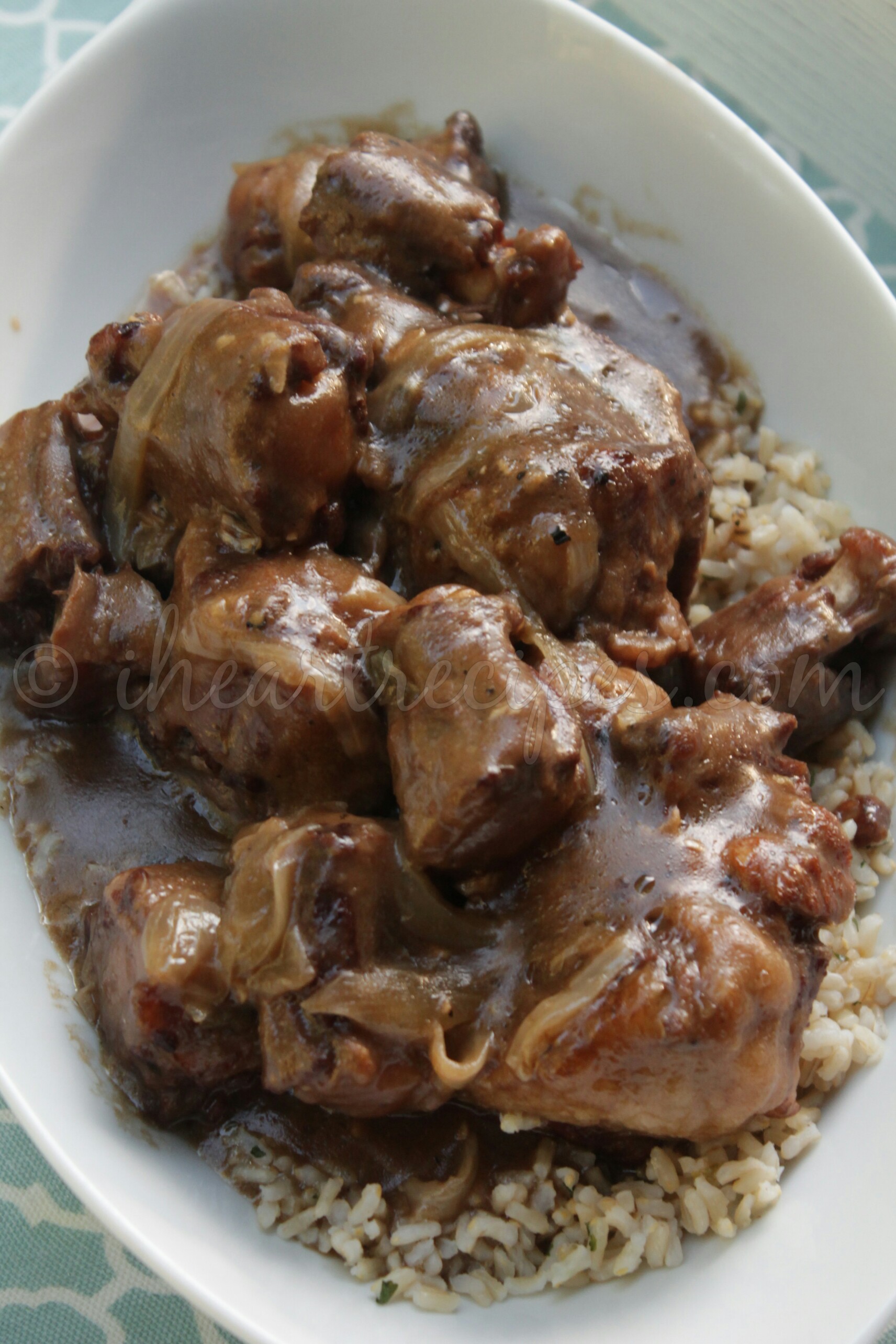

Place a large casserole dish over a high heat and add 2 tablespoons of olive oil. Preheat the oven to 180☌, fan 160☌, gas 4. You can make the gremolata the day before. In a sense, this re-creates the technique of braising at a well regulated temperature even if the heat source isn't easy to regulate.Make the stew a couple of days ahead chill. While the science behind this is not totally clear to us, we assume that if cooking over a live fire or high, hard-to-regulate heat source, which was more common in the past, the ice serves as a clever way to lower and regulate the cooking temperature in the pot, ensuring a simmer and not the vigorous boil that would make the meat tough and dry. As the ice melts, becomes liquid in the pot, and steams away, more ice is gradually added throughout the cooking process. It is as follows: once the meat is in the pot, instead of adding water to cover (as we have in our recipe), one would cover the meat with a layer of ice. She had learned it from an elderly lady she once worked with. When an animal was slaughtered fresh, the tail, skin, hooves, and all the other parts that were of little use to wealthy plantation owners became delicacies for the workers who would preserve as much of the meat as possible for storage or sale, then prepare a shared feast with the rest.Ī short aside here: while we use a fairly conventional braising method in our recipe here, we were taught a fascinating technique by a lovely lady who worked with us for a number of years that’s worth sharing. The island was not known for its high quality meats the intense heat and tropical climate meant that everything spoiled very quickly, and therefore, everything had to be cured, pickled, preserved, or stewed in brine. Jamaica does not have an extensive cattle-farming past we have always had a stronger tradition of pig farming, which means that beef of any kind, and in particular fresh beef, would have been viewed as a rare treat indeed. This is why so many Jamaican dishes have ingredients like pig’s tail, cow foot, chicken foot, tongue, and organs, like liver, tripe, etc. Enslaved Africans on plantations were given very meager amounts of protein and often had to make do with cheaper cuts of meat or ends of slaughtered animals to add protein to their diets. The origin of stews like oxtail can be traced back to our colonial heritage.

The History and Tradition of Jamaican Oxtail Served over white rice (it may be controversial, but we personally prefer it with rice and peas) with a side of avocado, ripe plantain, and salad or coleslaw, this is a meal that one wants to relish slowly and deliberately. Sucking the gravy from the bone marrow is probably one of life’s most pleasurable activities. We fondly remember enjoying bowls of this stew when we were younger that were filled to the brim with butter beans, spinners, and, most importantly, big, thick, juicy oxtails with lots of meat. Though it was once a weekly staple for weekend lunch or dinner, nowadays the lament is often that “the oxtail is too dear,” which essentially means that the cut of meat is far too expensive to buy regularly anymore. The spinners (flour dumplings) and beans thicken the stew and give it body and texture.Ī deeply satisfying stew with an incredibly rich and flavorful gravy, oxtail with broad beans has become a rare treat for many as the price of oxtail has gone up over time.A low-and-slow simmer over several hours ensures oxtail that is tender and falling off the bone.


 0 kommentar(er)
0 kommentar(er)
